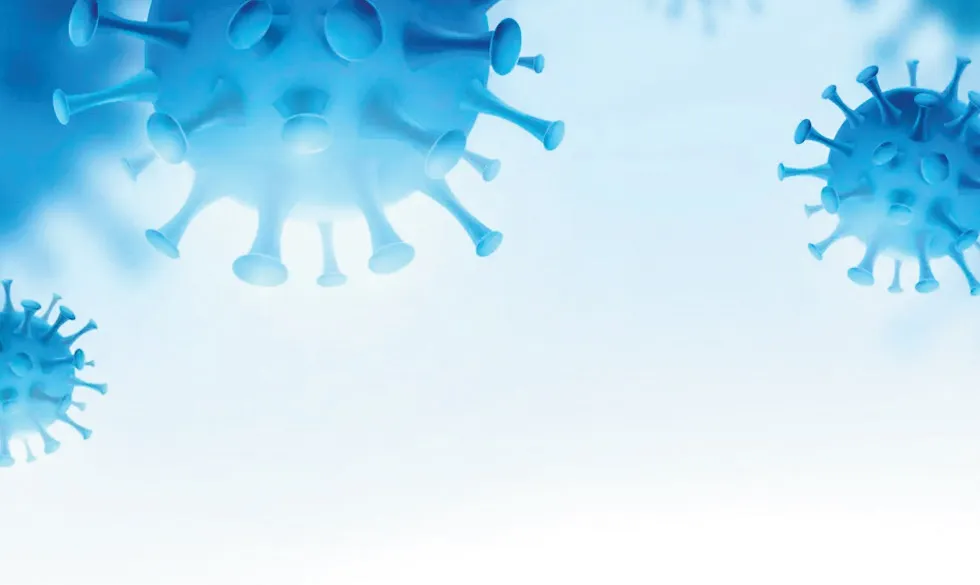Exploring Bioaerosols for Enhanced Disease Prevention and Bio Index Development

Understanding Bioaerosols and Their Impact on Health
Bioaerosols, which refer to air suspended particles of biological origin, play a pivotal role in health and disease prevention. A recent study conducted by researchers from IIT-BHU has shown alarming levels of pathogenic bacteria and fungi in the air within the Indo-Gangetic plains.
Key Findings of the Study
- High Concentrations Observed: The study found that bacterial aerosols comprised approximately 81% of the total bioaerosols, with concentrations exceeding National Air Quality Standards.
- Pathogenic Microbes Detected: Dominant strains included various gram-negative bacteria and harmful fungi such as Aspergillus and Cladosporium.
- Seasonal Variations: Notably, higher levels of bioaerosols were recorded during summer and post-monsoon seasons.
Potential Applications and Future Research
This pioneering study suggests the feasibility of developing an air quality bio index, which would alert the public to possible disease outbreaks linked to air quality changes. The continuous monitoring of bioaerosol profiles could revolutionize how we approach public health.
- Establish a national model using bio sensors.
- Implement bio index correlating with human, animal, and crop health.
- Utilize data to warn communities of impending health risks.
As highlighted by Prof. R S Singh, the insights gained from this study are not only crucial for local communities but could be instrumental nationwide.
Disclaimer: The information provided on this site is for informational purposes only and is not intended as medical advice. We are not responsible for any actions taken based on the content of this site. Always consult a qualified healthcare provider for medical advice, diagnosis, and treatment. We source our news from reputable sources and provide links to the original articles. We do not endorse or assume responsibility for the accuracy of the information contained in external sources.
This article was prepared using information from open sources in accordance with the principles of Ethical Policy. The editorial team is not responsible for absolute accuracy, as it relies on data from the sources referenced.